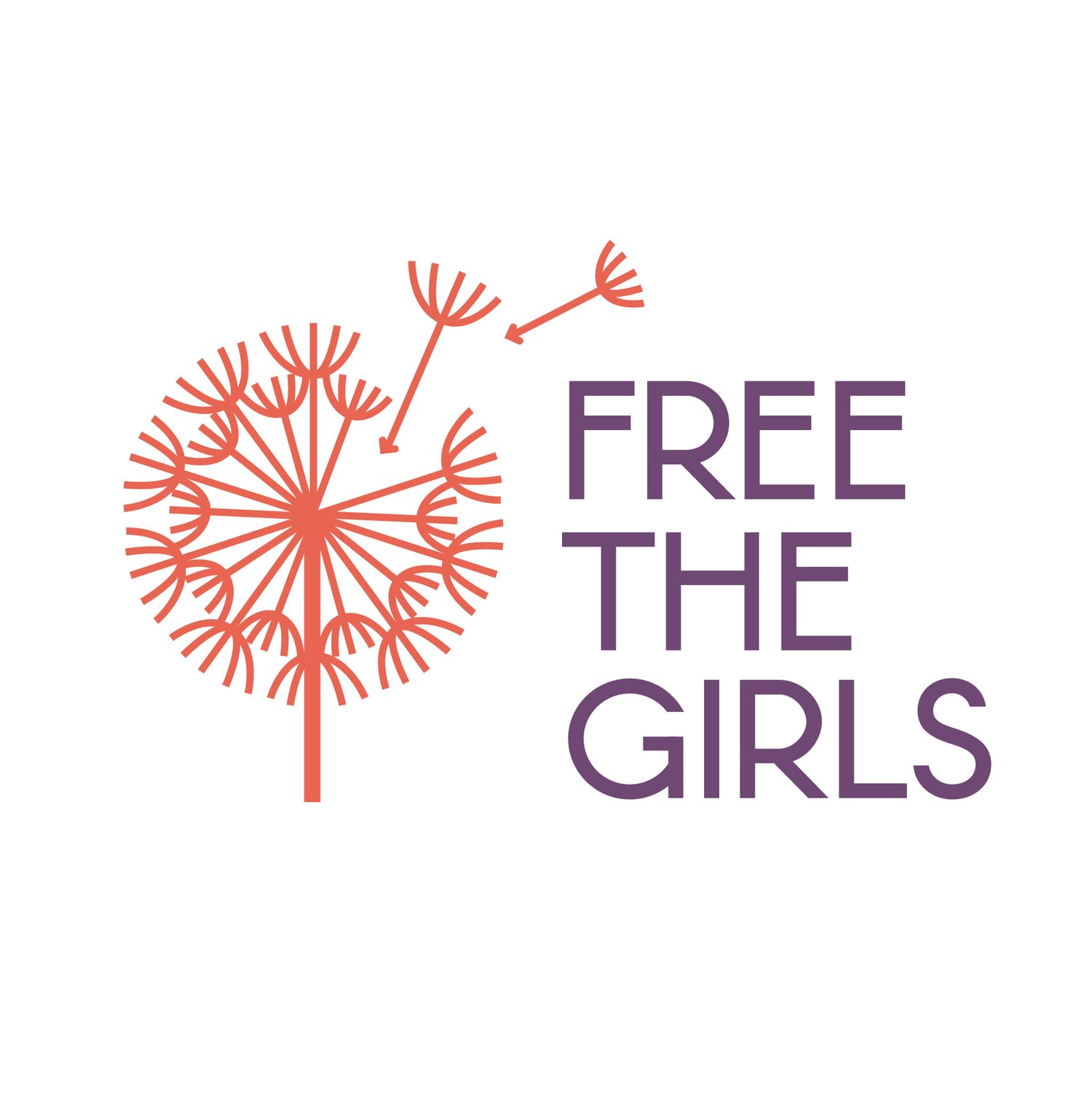The 2023 TIP Report and Why Getting it Right Matters
Last month, the US Department of State released the 2023 TIP Report.
For those unaware or in need of a refresher, the TIP Report, or the Trafficking in Persons Report, is an annual report that the US government publishes that looks at trafficking trends throughout the globe and rates countries on their anti-trafficking efforts. There are 3 Tiers to this grading system.
You are able to access the entirety of the report directly from the State Department’s website here, but we thought we would share some of the information that stood out to us here on our blog.
Misinformation, myths, and stereotypes about human trafficking in the general public continue to be a barrier to anti- and counter-trafficking efforts.
We’ve mentioned in our Myth-Busting webinar previously how sharing information, stories, or media that aren’t factual can have real-life consequences and be detrimental to actual assistance to trafficking victims. The 2023 TIP Report hits on this theme as well. They reference Polaris’ survey of trafficking survivors in the US which reported that the vast majority of individuals who had been trafficked do not fit into the Hollywood abducted-by-traffickers-and-sexually-exploited-in-an-underground-criminal-ring stereotype. While cases like this have been reported and have happened, a child is much more likely to be trafficked for sex by a family member or romantic partner than a stranger, and labor trafficking is more common than sex trafficking. In addition, UNODC shows that 40% of identified trafficking victims are male.
These statistics matter. They aren’t just numbers. They represent real people. Here’s what the TIP Report has to say: “Many survivors with these underrepresented experiences or backgrounds have difficulty finding acceptance in organizations and communities, such as faith-based organizations, because they do not match the narrative most often elevated by the organization and the broader field.” This means that when we continue to elevate stories that fit into the perfect victim narrative, showcase stories that make us feel good but are one-in-a-million, and share imagery or narratives that are not representative of the reality, we can be making it harder for victims to access services they need.
So, what can you do?
Become a conscious consumer of media and news. Know what trafficking is – and what it isn’t. Help educate others on the realities of vulnerable persons. Awareness is good – but more people know about human trafficking now than they ever have. Let’s help make the shift from awareness to education which is better for us all.


